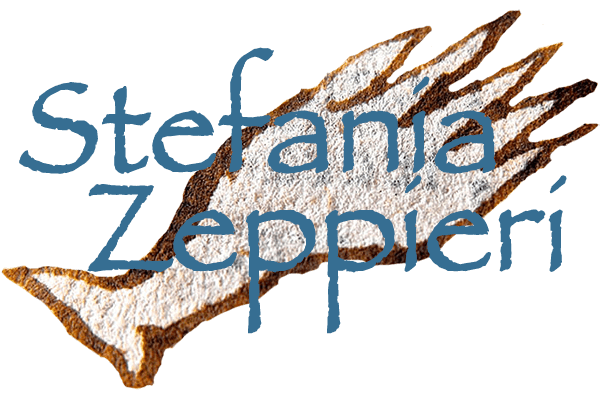Notes about the restoration project
The intervention concerned a very particular document, dated November 19, 1810, signed by Napoleon Bonaparte, with a wax seal in a metal case, mounted in a wooden frame lined with red moiré. The document comes from a sensational and evocative place, which is part of the sites of FAI, Fondo per l’Ambiente Italiano: Villa Sgariglia in Campolungo (Ascoli Piceno), a complex built in the 18th century and belonging to the collection deprived of this noble and ancient family.
The document is written on lamb parchment, used for valuable documents. The ink is lightened in some places, in particular at the last 3 lines of text. Originally the document was folded in four parts and in fact the folds are clearly visible.
Below on the right there is an illuminated coat of arms of the noble Sgariglia family. Due to the previous folding, there are traces of the passage of blue pigment in a specular position to the coat of arms, caused by direct contact. Near the signature there is a subtle graphite mark. Fluorescences of different color and shape are present and visible which seem to originate from a possible microbiological attack.
On the front of the document, in three distinct areas, erosions of the surface layer of the document are visible, probably carried out as erasures of possible errors or text changes. The text was then rewritten on these areas. There are numerous undulations, in particular at the upper margin. Surface deposits that are clearly visible are widespread, especially within the folds of the undulations.
At the bottom left a large hole made specifically for threading the tape, fixed to the metal case of the seal. Due to the weight of the seal and the metal case, the crack has undergone an expansion towards the lower edge.
After a general analysis of the state of conservation, the document was removed from the original frame and a microscope observation was also carried out which highlighted the widespread presence of spores. An accurate surface cleaning was then performed with a soft bristle brush and latex sponges on the front and back of the membranous document. The cleaning of the mounting surface was performed with a micro aspirator and HEPA filters.
Once the superficial deposits were eliminated, disinfection was carried out on the document in correspondence with the areas affected by the presence of microbiological attack and a light controlled humidification and distension to attenuate the undulations. Finally, the document was reinserted into the original assembly by housing it on a barrier paper base with alkaline reserve, and the original glass was replaced with conservative anti-UV 99% anti-reflective museum glass.
Photo gallery
BEFORE RESTORATION
DURING RESTORATION
AFTER RESTORATION
See all Photo galleries
EMAIL: stefania@stefaniazeppieri.com | PEC: stefaniazeppieri@pec.it
TEL: +39 349 068.1054 | VAT: 03664410549
















































